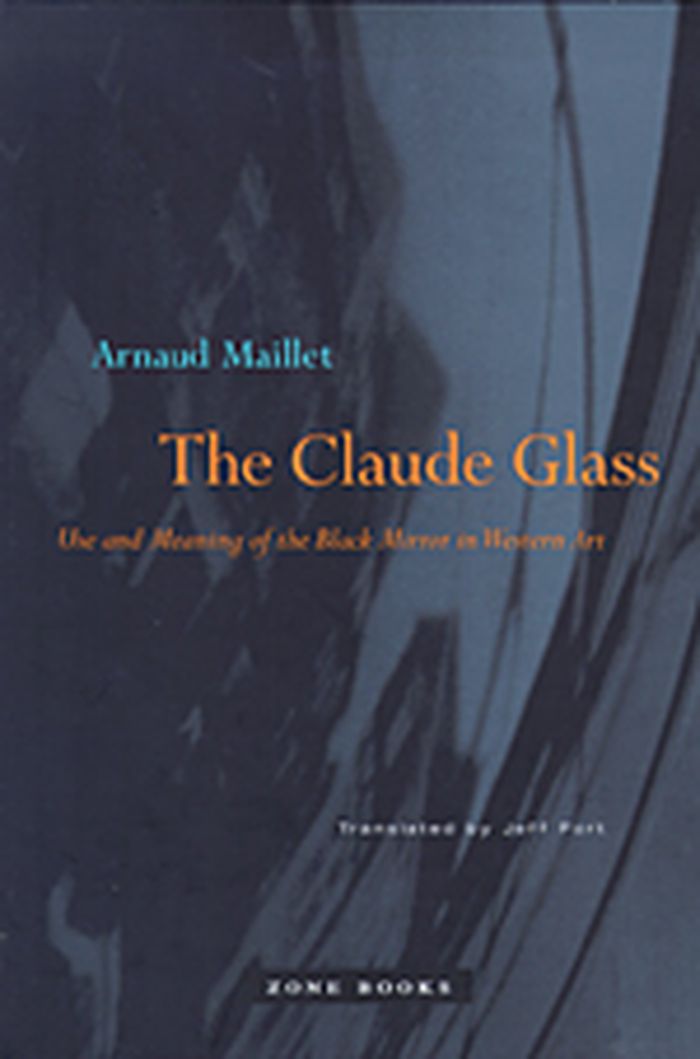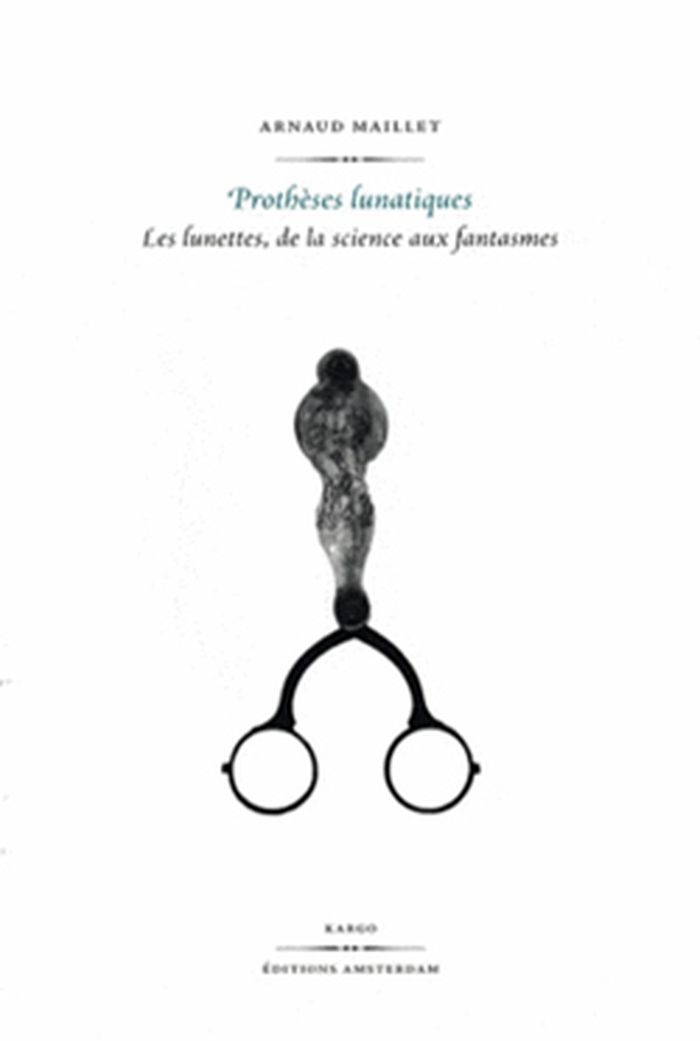$37.95
(disponible sur commande)
Résumé:
In this first full-length study of a largely forgotten optical device from the eighteenth century, Arnaud Maillet reconfigures our historical understanding of visual experience and meaning in relation to notions of opacity, transparency, and imagination. Many are familiar with the Claude glass as a small black convex mirror used by artists and spectators of landscape to(...)
The Claude glass : use and meaning of the black mirror in Western art
Actions:
Prix:
$37.95
(disponible sur commande)
Résumé:
In this first full-length study of a largely forgotten optical device from the eighteenth century, Arnaud Maillet reconfigures our historical understanding of visual experience and meaning in relation to notions of opacity, transparency, and imagination. Many are familiar with the Claude glass as a small black convex mirror used by artists and spectators of landscape to reflect a view and make tonal values and areas of light and shade visible. In a groundbreaking account, Maillet goes well beyond this particular function of the glass and situates it within a richer archaeology of Western thought, exploring the uncertainties and anxieties about mirrors, reflections, and their potential distortions. He takes us from the magical and occult background of the "black mirror," through a full evaluation of its importance in the age of the picturesque, to its persistence in a range of technological and representational practices, including photography, film, and contemporary art. The Claude Glass is a lasting contribution to the history of Western visual culture.
Théorie de l’architecture
$22.95
(disponible sur commande)
Résumé:
Les lunettes permettent à ceux qui ne voyaient plus, ou mal, de recouvrer la vue. C'est un fait. Et l'on pourrait pensera priori que c'est un bienfait. Mais il n'en est rien. Car on oublie de dire que, dans bien des cas, le remède peut s'avérer pire que le mal... Partant de ce constat médical qui se développe particulièrement dans les années 1930, cet ouvrage(...)
Prothèse lunatique: les lunettes, de la science aux fantasmes
Actions:
Prix:
$22.95
(disponible sur commande)
Résumé:
Les lunettes permettent à ceux qui ne voyaient plus, ou mal, de recouvrer la vue. C'est un fait. Et l'on pourrait pensera priori que c'est un bienfait. Mais il n'en est rien. Car on oublie de dire que, dans bien des cas, le remède peut s'avérer pire que le mal... Partant de ce constat médical qui se développe particulièrement dans les années 1930, cet ouvrage d'archéologie visuelle creuse une logique de pensée, simple, mais oubliée ou occultée, selon laquelle les techniques compensatoires se retournent en fait contre ce qu'elles sont censées suppléer. Une telle façon de penser est largement soumise aux fantasmes : Breughel, Callot, Rowlandson, Degas, Hoffmann, Poe, Huxley ou même le Dr Bates ont développé, chacun à leur manière, une méfiance à l'égard des lunettes. Mais ces fantasmes, à l'égal de la caricature ou du lieu commun, nous rappellent à tous, en définitive, que ces " précieuses béquilles " ne constituent pas toujours une seconde nature. À travers l'histoire des lunettes et de leur représentation, c'est donc à une véritable réflexion sur la notion de prothèse que nous convie cet ouvrage. Et, à travers la science, la sociologie, l'histoire, la littérature et l'art, ces lentilles philosophiques nous révèlent donc quelque chose de notre rapport au monde.
Théorie du design
$26.95
(disponible sur commande)
Résumé:
In this first full-length study of a largely forgotten optical device from the eighteenth century, Arnaud Maillet reconfigures our historical understanding of visual experience and meaning in relation to notions of opacity, transparency, and imagination. Many are familiar with the Claude glass as a small black convex mirror used by artists and spectators of landscape to(...)
The Claude glass: use and meaning of the black mirror in western art
Actions:
Prix:
$26.95
(disponible sur commande)
Résumé:
In this first full-length study of a largely forgotten optical device from the eighteenth century, Arnaud Maillet reconfigures our historical understanding of visual experience and meaning in relation to notions of opacity, transparency, and imagination. Many are familiar with the Claude glass as a small black convex mirror used by artists and spectators of landscape to reflect a view and make tonal values and areas of light and shade visible. In a groundbreaking account, Maillet goes well beyond this particular function of the glass and situates it within a richer archaeology of Western thought, exploring the uncertainties and anxieties about mirrors, reflections, and their potential distortions. He takes us from the magical and occult background of the 'black mirror', through a full evaluation of its importance in the age of the picturesque, to its persistence in a range of technological and representational practices, including photography, film, and contemporary art. "The Claude Glass" is a lasting contribution to the history of Western visual culture.
Théorie de l’art


